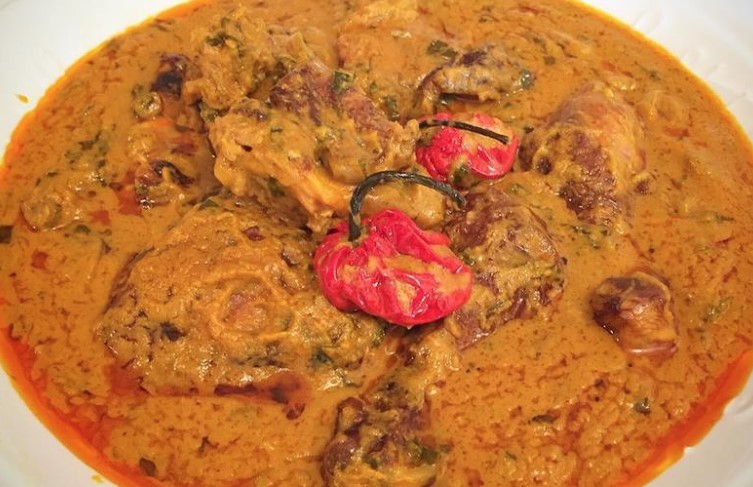Introduction: Gabonese cuisine and its ingredients
Gabonese cuisine is an amalgamation of different influences from West Africa, France, and Portugal. Gabonese food is known for being rich in starches, vegetables, and protein, with a focus on bold and spicy flavours. One of the most important aspects of Gabonese cuisine is the use of locally-sourced ingredients. The country is blessed with an abundance of fresh produce, including fruits, vegetables, and seafood. In this article, we will explore the staple ingredients that feature in Gabonese meals.
Cassava: The cornerstone of Gabonese meals
Cassava is a root vegetable that is a crucial ingredient in many Gabonese dishes. It is a staple food in the country and is used to make a popular dish called fufu. Fufu is a starchy dough that is made by boiling cassava until soft and then pounding it into a paste. Cassava is also used to make another popular dish called kwanga, which is a fermented cassava cake that is typically served with soup or sauce. Cassava is a versatile ingredient that can be used to make a range of dishes, including stews, soups, and porridges.
Plantains, yams and sweet potatoes: Carbohydrate-rich staples
Plantains, yams, and sweet potatoes are other carbohydrate-rich staples that feature prominently in Gabonese cuisine. Plantains are a type of banana that is typically eaten when they are green and unripe. They are often boiled or fried and served as a side dish. Yams are a root vegetable that is similar in texture to sweet potatoes. They are often mashed and served with stews or used to make fufu. Sweet potatoes are another root vegetable that is commonly used in Gabonese cuisine. They are often boiled or roasted and served with meat or fish.
Okra and leafy greens: The vegetable component of meals
Okra and leafy greens are the vegetables that are used in Gabonese cuisine. Okra is a vegetable that is native to West Africa and is commonly used in stews and soups. It is often served with fish or meat and is known for its slimy texture. Leafy greens, such as spinach and kale, are also commonly used in Gabonese cuisine. They are often sautéed and served as a side dish or added to stews and soups to add flavour and nutrition.
Fish and meat: The protein sources in Gabonese cuisine
Fish and meat are the primary sources of protein in Gabonese cuisine. The country is blessed with an abundance of fresh seafood, including tilapia, catfish, and shrimp. Fish is often grilled or fried and served with a side of vegetables. Meat, such as beef, chicken, and goat, is also commonly used in Gabonese cuisine. It is often stewed or grilled and served with a side of fufu or rice.
Spices and condiments: The flavourful additions to Gabonese dishes
Spices and condiments are an essential part of Gabonese cuisine. Gabonese dishes are known for being spicy and flavourful, and this is achieved through the use of a range of spices and condiments. Some of the most commonly used spices in Gabonese cuisine include ginger, garlic, and chilli pepper. Condiments, such as tomato paste, hot sauce, and peanut butter, are also commonly used to add flavour to dishes. Gabonese cuisine is a delightful mix of bold flavours and wholesome ingredients that reflect the country’s rich cultural heritage and natural abundance.

